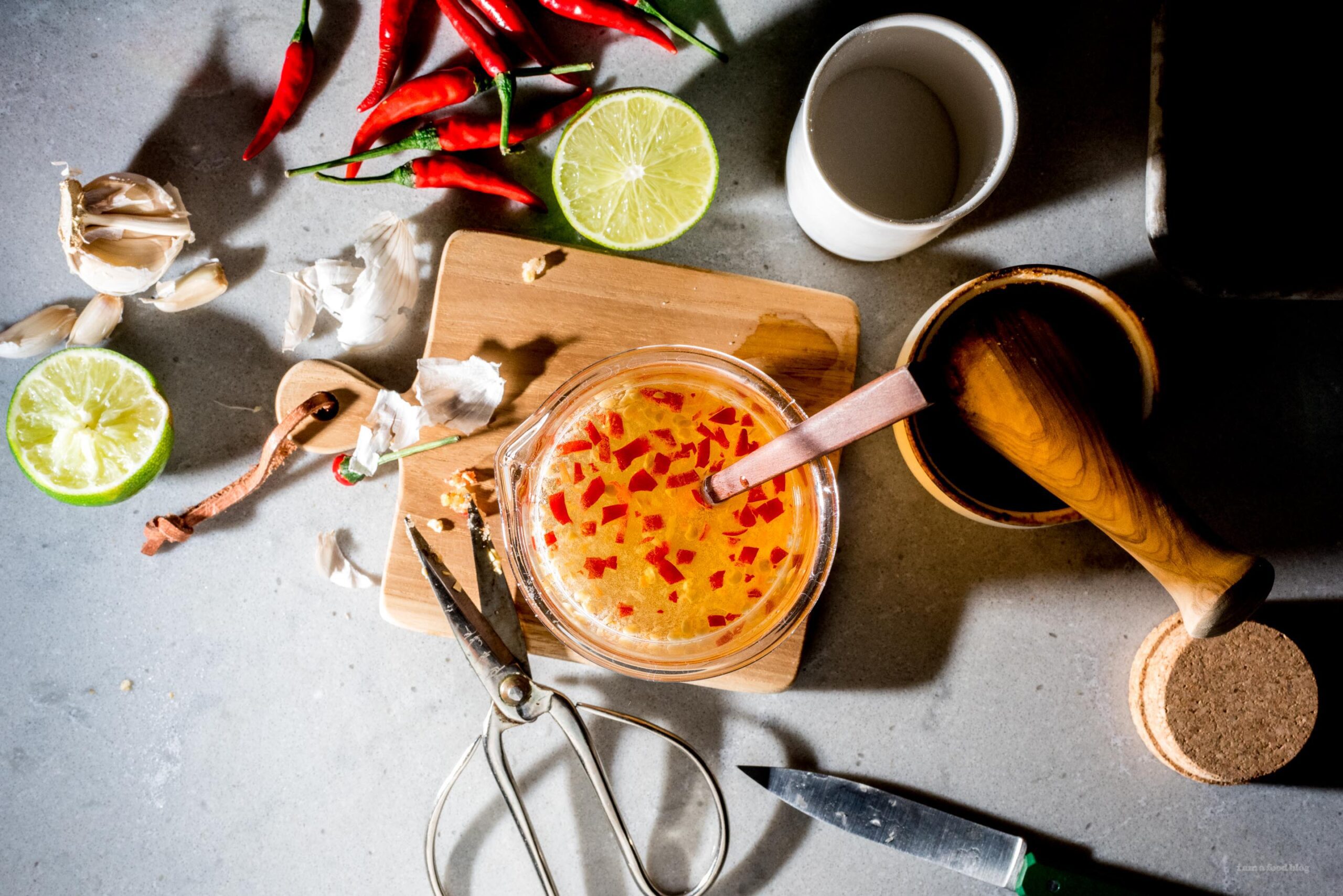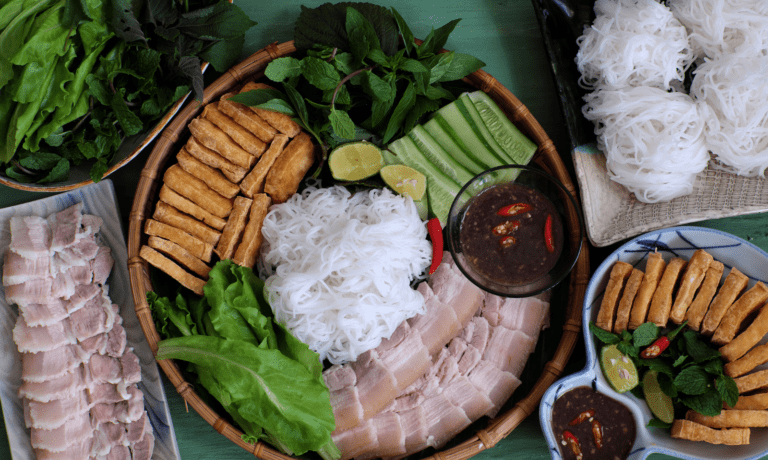In Vietnam, lacquer is regarded as one of the painting mediums. One of the traditional crafts in Binh Duong province is lacquer work, which is done in Tuong Binh Hiep (Tuong Binh Hiep ward, Thu Dau Mot city). With a more than 200-year history of formation and development, Tuong Binh Hiep’s lacquer craft has only recently inherited the cultural essence of traditional painting while also embracing contemporary art trends and forging a distinctive local cultural identity.
Being adored by friends and letting everyone know about Tuong Binh Hiep lacquer village has contributed to raising the worth of painting supplies and recognizing lacquer painters’ talents. Let’s learn about the lacquer paintings of Tuong Binh Hiep with us!
History of Tuong Binh Hiep Lacquer village
During the reclamation and hamlet-building process in Tuong Binh Hiep in the eighteenth century, Vietnamese people from the North and Central regions introduced the painting profession (now lacquer craft) onto the new territory. Initially carried out in a hereditary manner, lacquer farming in Tuong Binh Hiep ultimately evolved into a relatively active artisan village, culminating at up to 90% of local households cooperating (in the 80s, 90s of the twentieth century). Over more than 200 years of establishment and development, lacquer craft in Tuong Binh Hiep has been passed down through generations of artists and craftsmen.
Up until the early 20th century, painting methods in Binh Duong province in particular and the nation as a whole were still fairly basic, primarily coated with gold plating. In order to increase the product’s longevity and act as a backdrop, the multi-layered sweeper paints the wood basis. It then decorates with a painting or conch, sweeps a coating of oil for shine, and finishes by decorating some more. The worker gives the object a glossy finish with his palm after the coating has dried to give it a more attractive appearance.
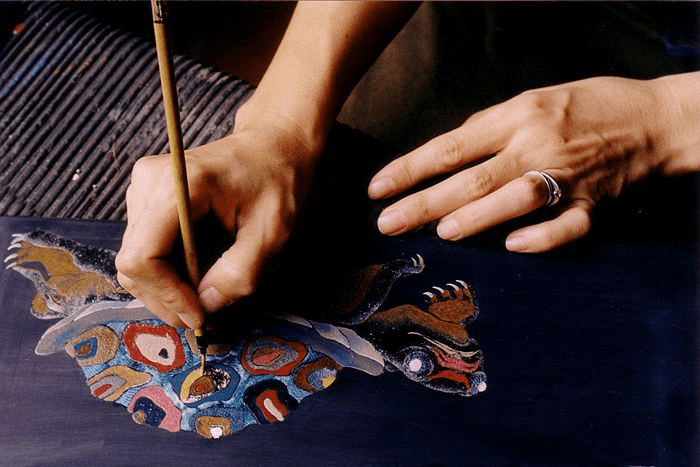
The establishment of Thanh Le Lacquer Factory in the mid-1950s marked a significant turning point in the growth of Tuong Binh Hiep Lacquer Village. This business brings together many well-known artisans from the area and develops the renowned Binh Duong lacquer brand both domestically and internationally. Between 1945 and 1975, Binh Duong lacquer items with great economic value were sold to the European market. This encourages the growth of the lacquer craft in the province of Binh Duong, both in terms of output volume and caliber.
Although there are many lacquer businesses springing up nowadays, offering a wide variety of rich items to satisfy clients, Tuong Binh Hiep lacquer village continues to be the most well-known.
Quintessence in Binh Duong Lacquer Products
Many different types of Tuong Binh Hiep lacquer products are available, including etched paint (sơn khắc), lacquer (sơn mài cẩn ốc), gold and silver paint (thếp vàng bạc), engulfed lacquer (sơn mài vẽ lặn), flat drawings (vẽ phẳng), and embossed paintings (vẽ nổi). Binh Duong lacquer products are well-known among customers because they are made from natural wood materials to add warmth and elegance. Each product is also crafted with extreme care, capturing both the essence of the craft village and the significance of the national culture.
A lacquer product is made in 25 phases, according to the Tuong Binh Hiep lacquer village tourism experience. Painting for ripening is regarded as a key stage in the painting process since it calls for craftsmanship and the buildup of the painter’s long-term experience. It takes 3-6 months for high-quality paint products. Each lacquer creation in the Tuong Binh Hiep lacquer hamlet is the result of the artists’ enthusiasm, talent, and rigorous attention to every last detail. Outstanding masterpieces have since been created, bringing beauty to life.
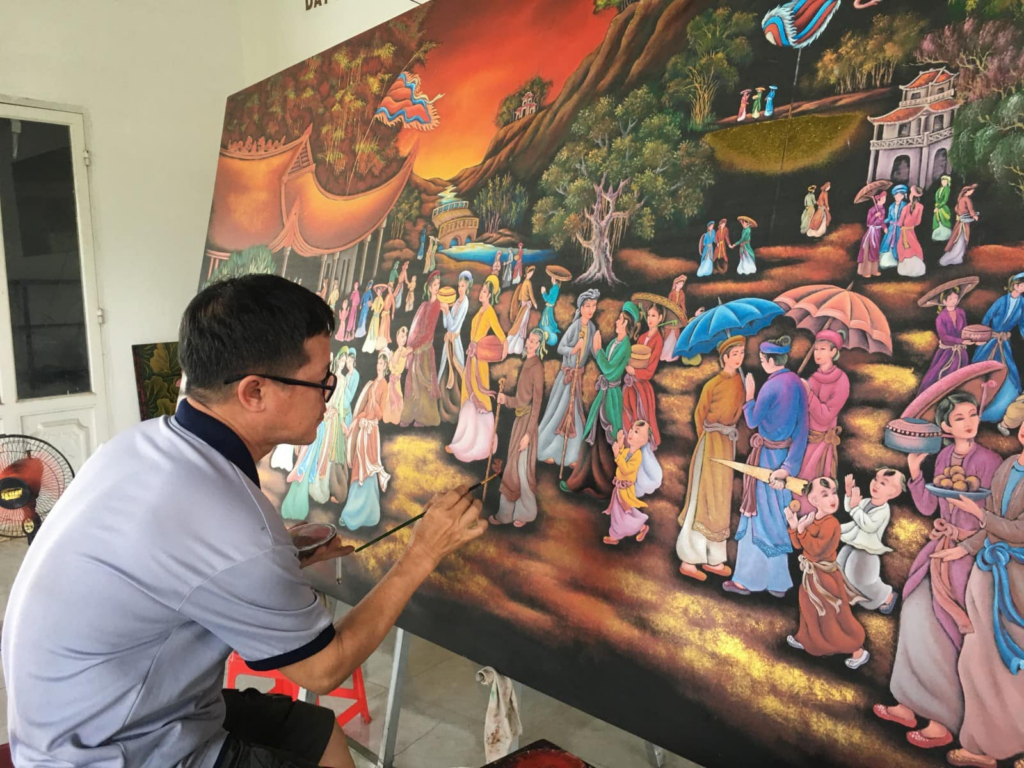
The primary colors used in Binh Duong traditional lacquer items are black, red, brown, and yellow, with realistic or stylized decorations frequently used to produce an impression. Along with beautiful art components, decorative motifs also convey the humanistic meaning of life. For example, turtles stand for sustainability, liturgy for the beauty of women, carp for prosperity, cranes for purity, and tigers for strength.
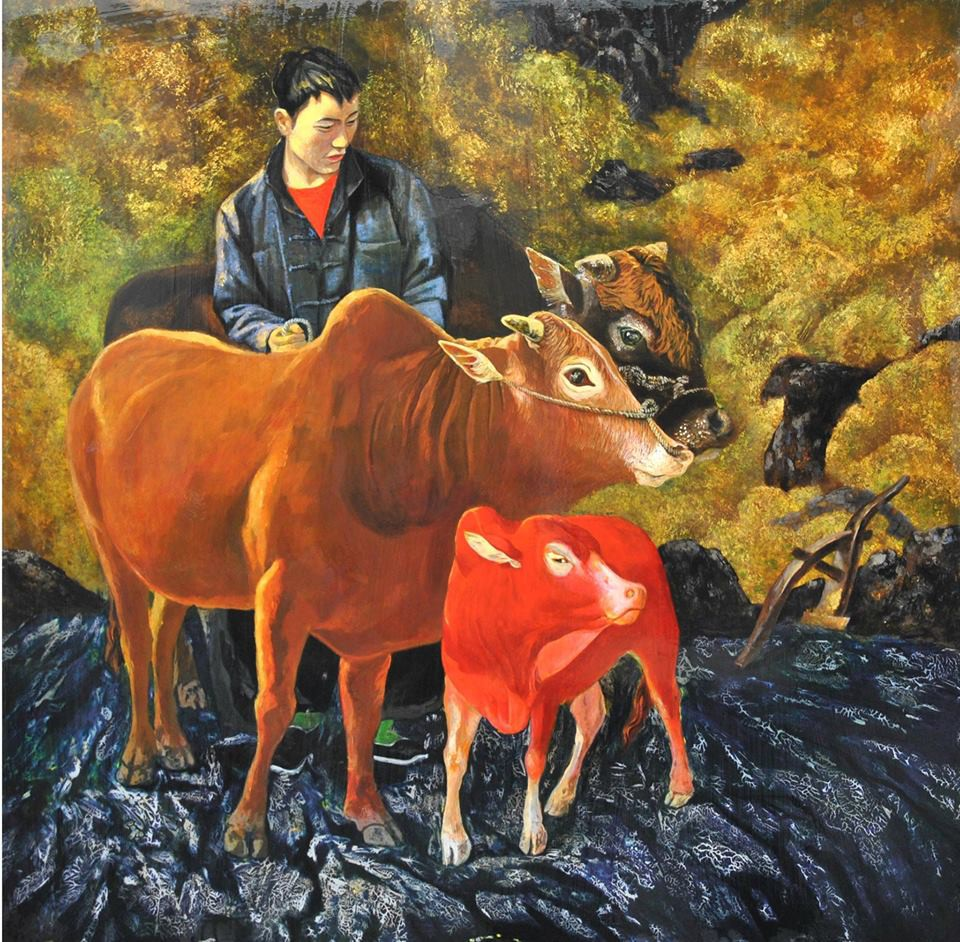
Due to the impact of numerous trends, schools, and aesthetic movements from abroad, Tuong Binh Hiep lacquer items’ appearance and ornamental theme have undergone significant changes. Themes on Binh Duong lacquer items were traditionally mostly decorated in Asian folk styles, but today’s audience can enjoy more cubist, abstract, surreal, and expressive styles. to satisfy the preferences of a wide range of customers worldwide.
Along with lacquer paintings, lacquer is used to make vases, forks, bracelets, boxes, and other useful and decorative items. Additionally, the materials used will vary based on the product.
- Wood is used to make cabinets, tables, and chairs.
- Plywood used for artwork
- Pottery used to make statues and vases
- Few, with paper serving as the product’s core.
- Bamboo, cork, and shell snails are used to meticulously paint lacquer.
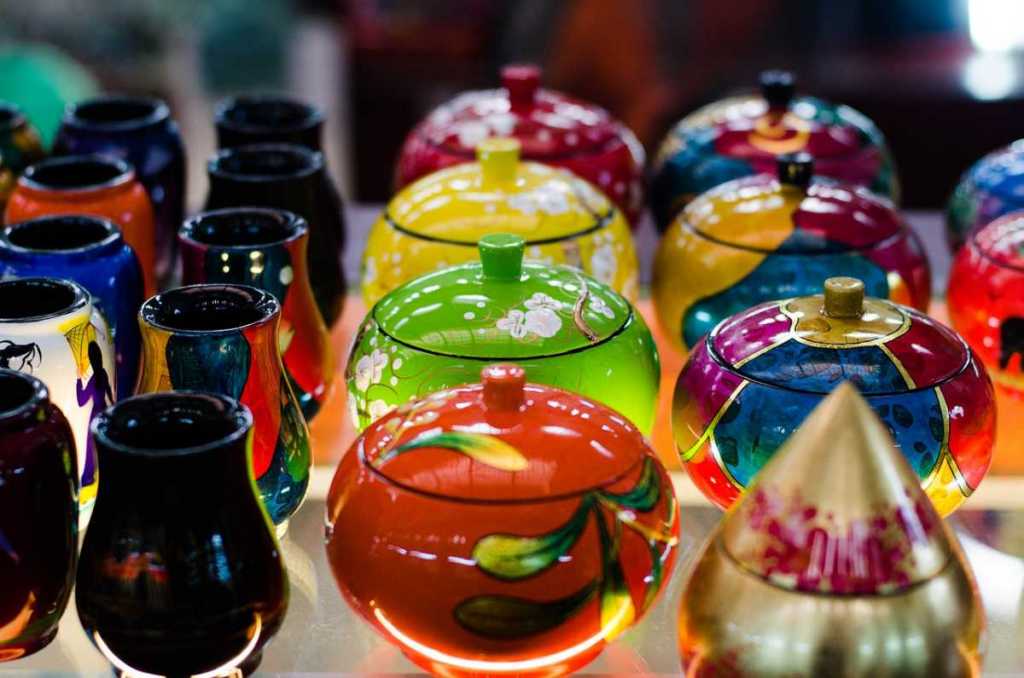
The great regard for the goods produced in the lacquer village of Tuong Binh Hiep is not entirely natural. The first is having high-quality products with attractive lines, sophistication, and smoothness in each and every aspect. Users particularly enjoy the fact that Tuong Binh Hiep lacquer paintings can endure even in cold situations without peeling or deforming. As descendants of Vietnamese people, we work to develop and transmit the lacquer craft that our dads passed down through the years and are proud of the traditional occupations that our fathers practiced. The virtues represented by the Tuong Binh Hiep lacquer village items ought to be preserved as an important part of our country’s cultural heritage.
Lacquer Craft Value in Tuong Binh Hiep
Having a long history, the lacquer industry in Tuong Binh Hiep still maintains and develops with numerous priceless quintessences, holding cultural, scientific, and economic qualities, while going through many ups and downs.
In addition to carrying on the country’s traditional fine arts culture, the lacquer craft in Tuong Binh Hiep also supports regional cultural values to develop the unique qualities of the craft village. Numerous domestic and international consumers’ needs and tastes are satisfied by the extensive variety of goods, themes, and decoration styles offered by Tuong Binh Hiep lacquer. According to the Vietnamese lacquer industry, each product serves as a “brand ambassador,” commemorating and promoting Vietnamese culture abroad.
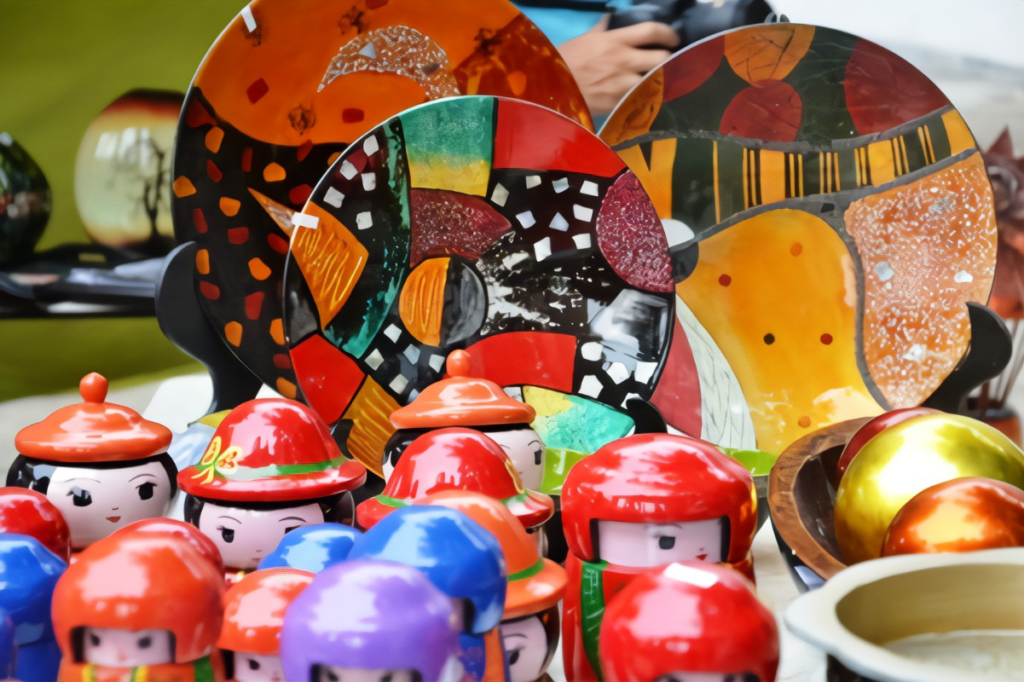
The soul, talent, aesthetic sense, artistry, labor spirit, and enthusiasm for art of craftsmen and painters can be seen in the lacquer village in Tuong Binh Hiep’s products. Their innovation can also be seen in the advancement of methods and supplies.
The paint used for painting is a deep red-brown, warm, and very delicate and simple color. In addition to the traditional paint materials (then paint, cockroach wing paint, lipstick, live paint, and ripe paint), Binh Duong lacquer maker also creates many new types of paints, such as: a mixture of ta paint and Nam Vang paint for cheap prices while still guaranteeing quality; sharp paints used to inlay gold, inlaid with silver to help gold. Additionally, the addition of numerous new ornamental elements (such as bamboo, coconut shells, leaves, seashells, and precious stones) to lacquer items gives the particular painting in Binh Duong, Vietnam, a fresh, distinctive, and intriguing sense.
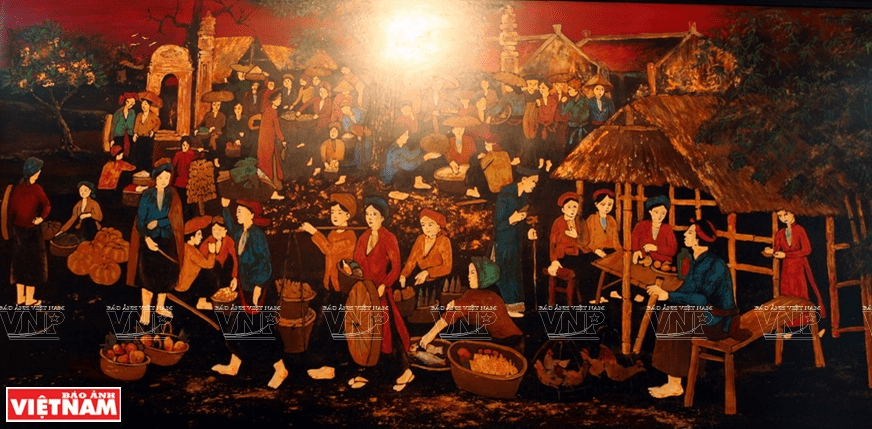
It can be argued that the lacquer craft in Tuong Binh Hiep plays a significant role in both the material and spiritual lives of the locals, developing into a priceless intangible cultural asset that is respected by both domestic and international communities. The long-standing lacquer industry in Tuong Binh Hiep reflects the cultural diversity of the local population and expresses the identity of the local community.
Visit Binh Duong lacquer craft village
In addition to visiting the popular tourist attractions and historical sites in Binh Duong, visitors should also pay a visit to the Tuong Binh Hiep lacquer village. The Tuong Binh lacquer village Hip cái, the birthplace of Binh Duong lacquer craft, is the traditional handicraft hamlet we will have the opportunity to see after traveling 7 kilometers north from Thu Dau A town in Binh Duong province.
The lacquer village of Tuong Binh Hiep is not only a source of pride for many local generations, but it is also a representation of the region’s unique traditional culture.
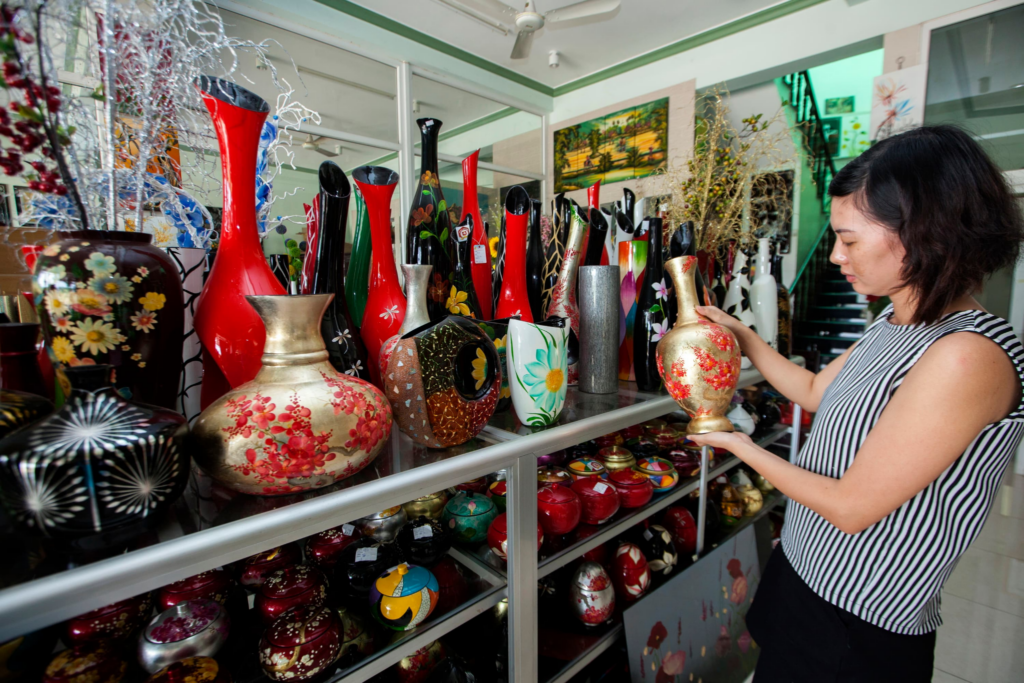
If you visit Tuong Binh Hiep village, you may fully appreciate the origins of the renowned Binh Duong lacquer craft. You may see the lacquer-making process here and select lacquer products for friends and family as gifts, which is a charming amusement location. A gift that is too artistically and spiritually meaningful promises to give the receiver a lot of intriguing things.
In addition to seeing how a finished lacquer product is made, you can also explore galleries filled with a variety of lovely lacquer items or hear stories from artisans about the craft village.
Conclusion
Despite overcoming several risks and difficulties over the course of its more than 200-year history of establishment and growth, Tuong Binh Hiep’s lacquer industry has demonstrated a steadfast vitality. One may say that the lacquer craft in Tuong Binh Hiep have demonstrated the cultural uniqueness of the area, showing the diversity of cultures and the ingenuity of people, passed down through many generations. The lacquer arts hamlet in Binh Duong, which has a long history and a proud national identity, is a source of pride for both the Binh Duong and Vietnamese people. Try it out once if you get the chance to have this experience!

